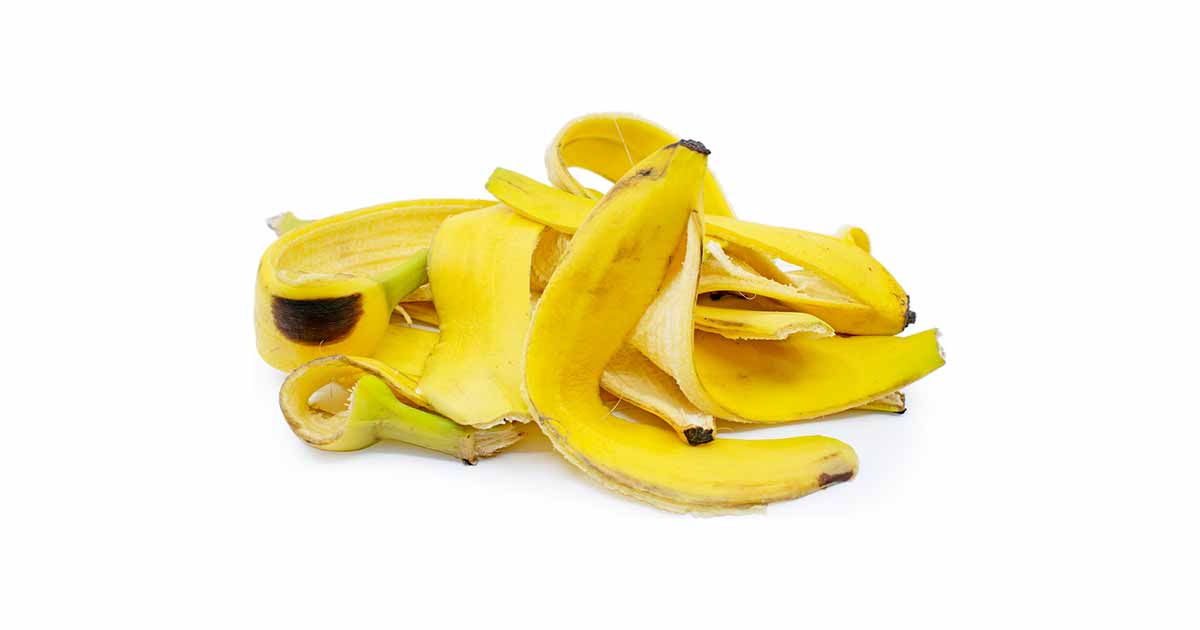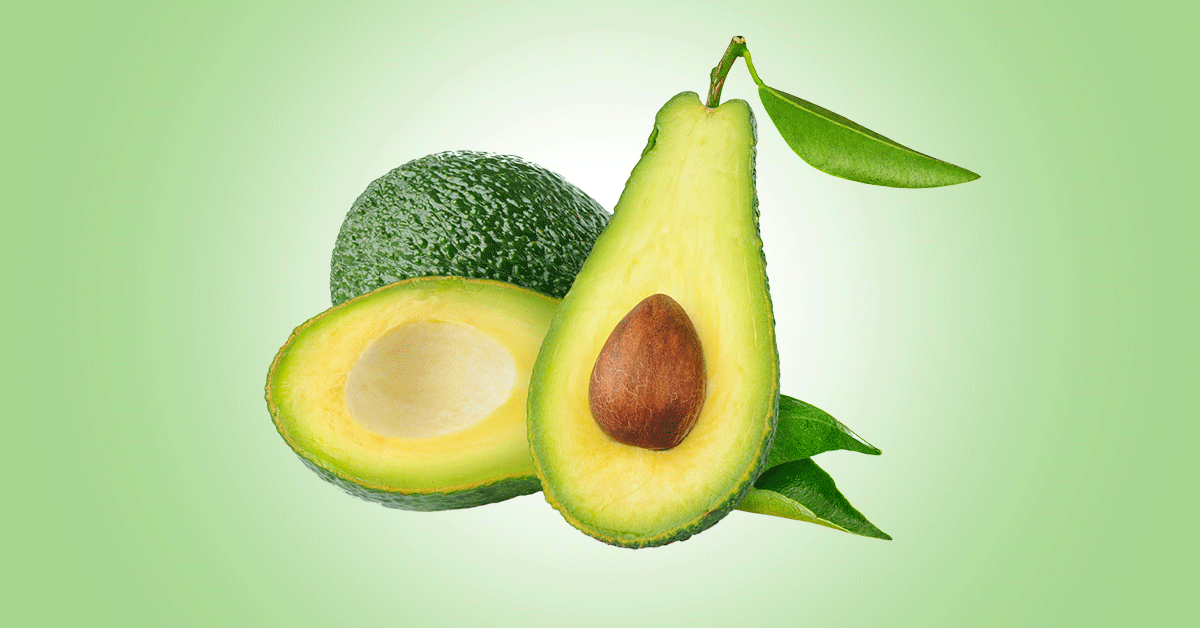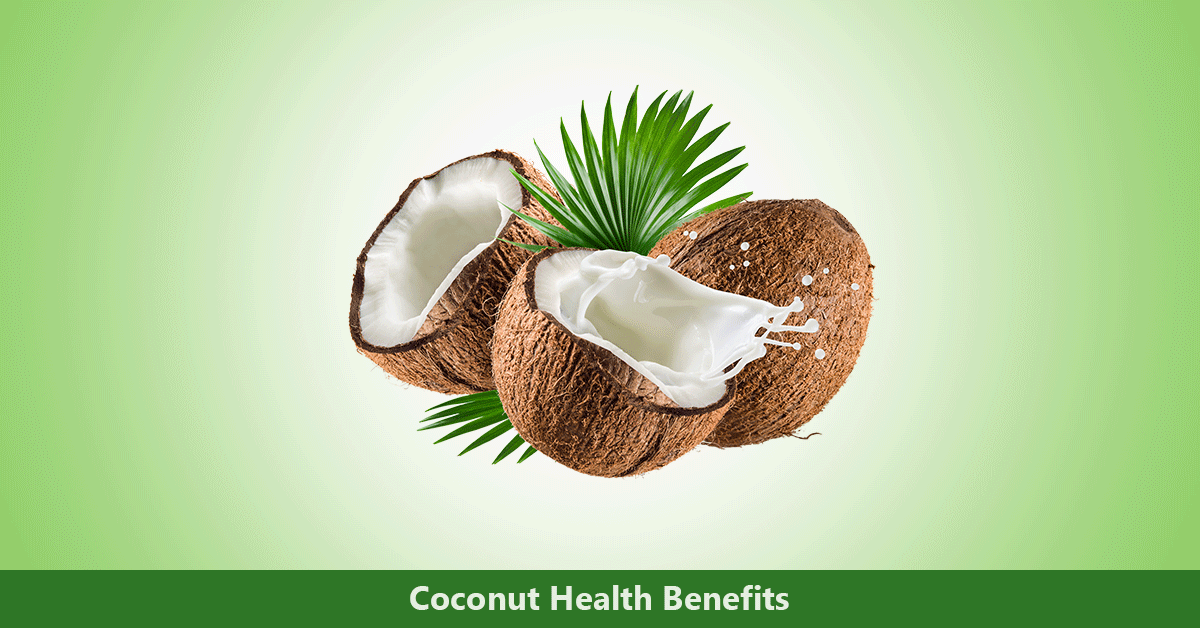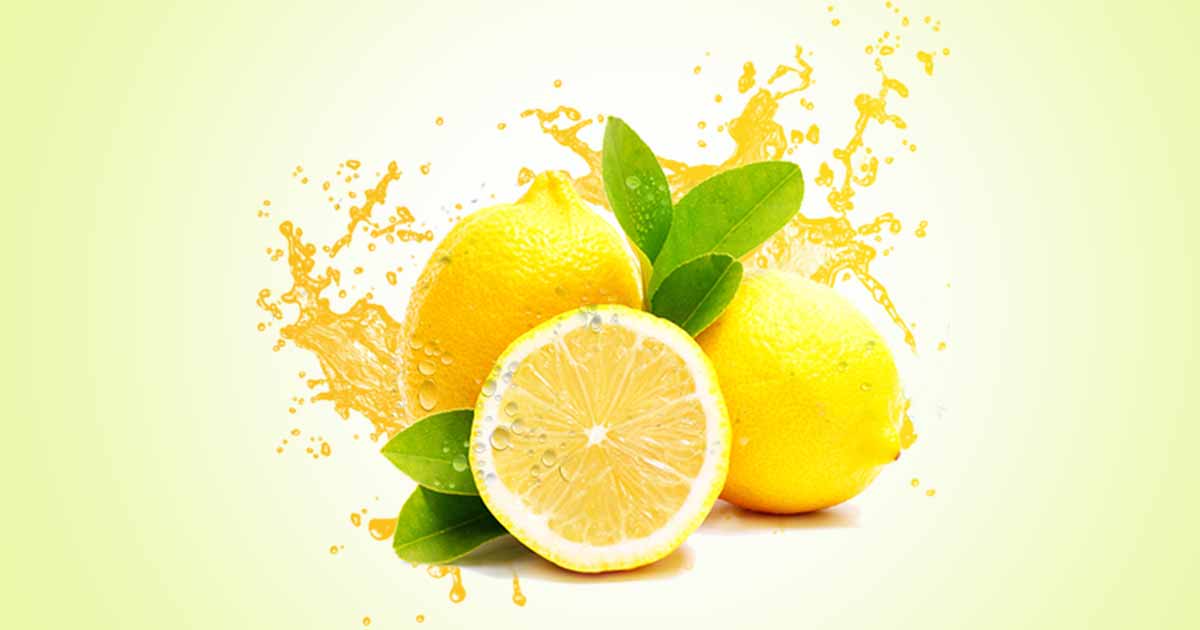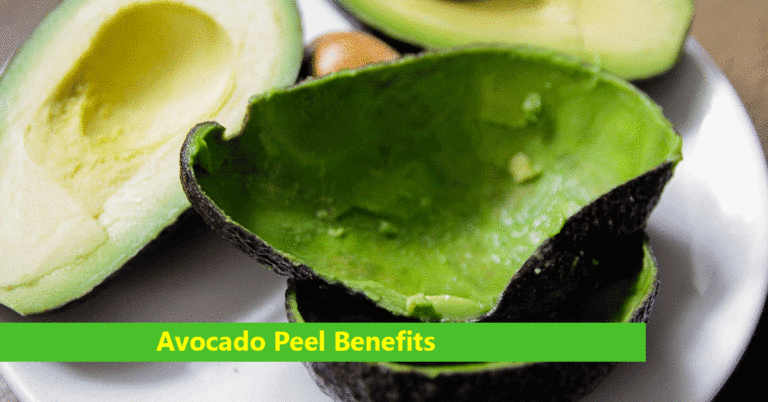Banana peel is the outer covering or shell of the banana. Banana (Musa spp) is an edible fruit of the Musaceae family. The fruit is cultivated widely in the tropical and subtropical climates. Banana can come in different sizes and colors ranging from purple, yellow, or green.
Most bananas are without seeds, but some wild types may have large and hard seeds. Bananas are eaten raw, as dessert, roasted, fried, dried, cooked, ground as flour for baking or used for making starch.
The dessert bananas are the most common edible type, and the Cavendish is the most important cultivar that is planted commercially. Banana contains high levels of potassium, vitamin C, and vitamin B-6.
Banana peel, which can be yellow, green, or red, is a by product of banana consumption, and is used as animal food, though high levels of tannins in the husk may be a concern. They are used for livestock, goat, fish, poultry, and other animals.
The peel may also be used for cooking.
Others uses include water purification, inorganic waste management, and to produce biochemical products (ethanol, laccase, and cellulase), and fertilizers.
Studies also suggest that both ripe and unripe peel of banana can enhance the nutritional and physicochemical properties of food products such as meat, jelly, noodles and bakery products. This is because of high levels of ash, crude protein, fat, and dietary fiber. It also has high level of antioxidants, which may help in preservation.
Composition of Banana Peel
Banana peel extract contains alkaloids, saponins, tannins, and flavonoids.
Some other compounds in the peel include:
- Flavonoids, flavonols, Flavan-3-ol, and flavones: Rutin, quercetin, naringenin, chrysin, catechin, lutein, gallocatechin, flavonone glycoside, flavonol, glycoside, α-Carotene, β-Carotene
- Phenolic acids: Ferulic acid, caffeic acid, gallic acid.
- Tannins: Tannic acid
- Carotenoids: Neoxanthin, Auroxanthin, Isolutein, Violaxanthin, β-Cryptoxanthin, α-Cryptoxanthin
- Anthocyanins: Delphinidin, cyanidin
- Triterpenoid: 24-Methylenecycloartanol, Cycloartenol
- Sterols: Stigmasterol, β-Sitosterol
- Fatty acids: Succinic acid, Palmitic acid, 12-Hydroxystearic acid.
- Steroids: Corticosteroids.
- Amines: catecholamines.
Nutritional Content in Banana Peel
Different cultivars of banana have different nutritional composition in their fruit, peel and leaves. Banana peel has high fiber, and lignin that increases as the fruit ripens, up to 15% of the dry matter.
The dried banana peel contains 6-9% protein and 20–30% of dietary fiber. It also has 42% potassium, which is more than most manure. Green banana peel has less starch than green plantain peel.
The banana peel contains 1.95 ±0.14% of crude protein, 5.93 ±0.13% of crude fats, and 11.82 ±2.17% of carbohydrates. The minerals present are iron, calcium, magnesium, phosphorus, sodium, potassium, and small quantities of copper, manganese, zinc.
Vitamin C is abundant and amino acids such as leucine, valine, phenylalanine, and threonine.
Health Benefits of Banana Peel
In traditional medicine, the peel has been used for burn, cough, ulcer, diarrhoea, inflammation, anemia, skin warts, and other conditions.
Antioxidant levels:
Raw banana peel contains flavonoids, phenolic compounds, estragole, gallocatechin. Studies by Mokbel and Hashinaga suggest that the extract of the green banana peel has more antioxidant levels than the mature yellow peel.
Antioxidants remove free radicals in the body that can cause oxidative stress and diseases such as cardiovascular diseases, and cancers.
Antibacterial activity
Banana peel contains a high level of tannins, which are also antibacterial agents and affect bacterial peptidoglycan. Other compounds such as flavonoids, phlobatannins, alkaloids, glycosides, and terpenoids have antimicrobial activities.
Studies by Mokbel and Hashinaga suggests the green banana peel extract inhibit both gram-positive and gram-negative bacteria such as Staphylococcus aureus, Bacillus subtilis,Bacillus cereus, Salmonella enteritidis, and Escherichia coli. The yellow peel has less activity.
Other bacteria inhibited by the peel extract include K. pneumonia, E. aerogenes, Clostridium sporogenes, Salmonella typhi, Proteus mirabilis, Lactobacillus casei, Saccharomyces cerevisiae, P. gingivalis and A. actinomycetemcomitans.
Antifungal action
Banana peel contains phenols, saponins, terpenoids, gallic acid and ferulic acids, bioactive compounds that may have antifungal activity against fungi such as Candida spp, A. niger.
Mosquito bite swelling
Rubbing banana skin, or peel, is believed to reduce swelling and skin irritation after a mosquito bite.
Anticancer property
Banana peel extract inhibits HCT-116 (colorectal carcinoma cell line from humans), and human lung cancer cells, while Nendran banana skin or peel extract also inhibit MCF-7 breast cell lines.
Flavonoids and ferulic acids may be the anticancer compounds. They have radical scavenging property, may induce apoptosis, and suppress cancer cells.
High dietary fiber
High fiber content reduces total cholesterol and low density lipoprotein in the body.
Fatty acid content
Banana peel contains high quantity of polyunsaturated fatty acids such as linoleic acid and linolenic acid. These PUFA are good for controlling obesity. They also have anti-inflammatory activity.
Side Effects
Banana peel contains high levels of antinutrients such as tannins, oxalate and phytate which may cause depressed growth, decreased nutrient intake and damage to human organs.
High oxalate in the diet can cause hyperoxaluria resulting in renal inflammation and acute renal failure, in people with impaired kidney function. Heat treatment can reduce the oxalate levels in the peel.
Phytate lowers blood lipid and glucose levels. It also prevents calcium crystallization in kidney. However, the level of phytate is low in banana peel.
The peel also contains glycosides, a known carcinogen.
References:
- https://www.researchgate.net/publication/360574110_Banana_Peels_A_Waste_Treasure_for_Human_Being
- https://specialtyproduce.com/produce/Banana_Peels_16354.php

